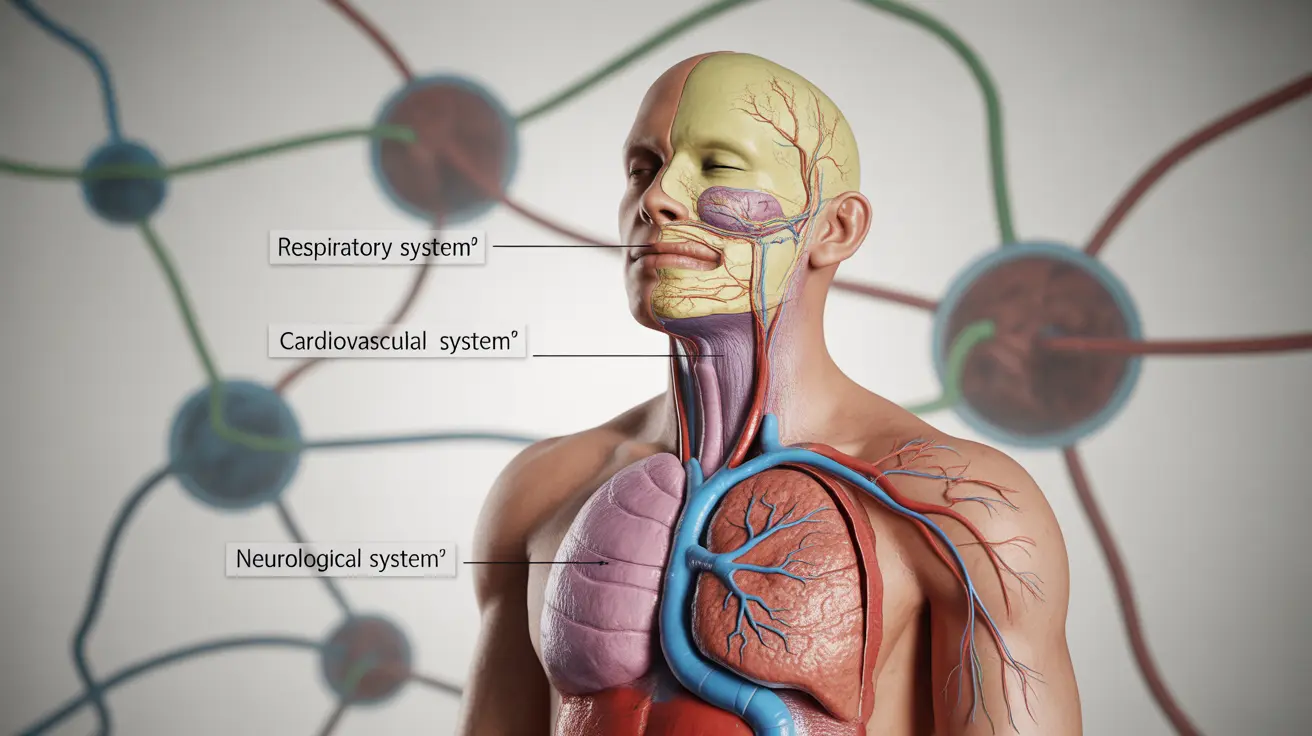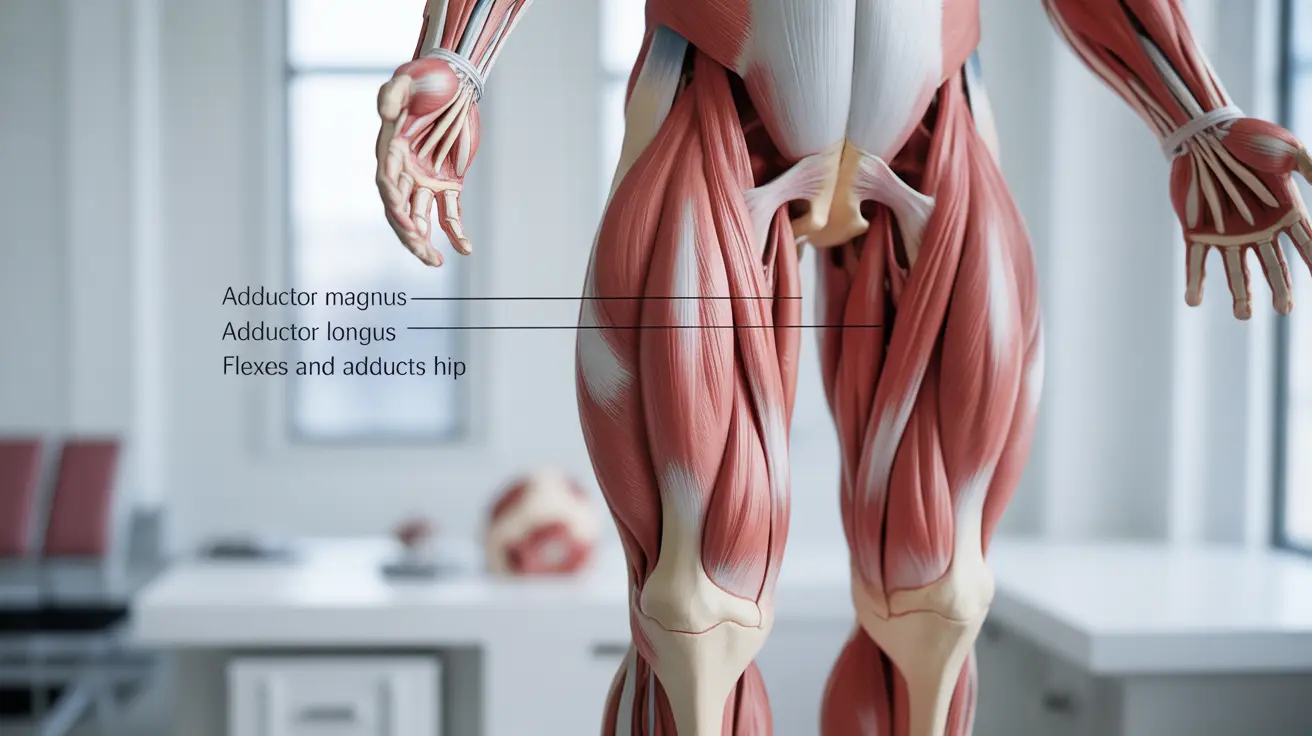Ulcerative colitis is a chronic inflammatory bowel disease that affects millions of people worldwide. This long-term condition causes inflammation and ulcers in the digestive tract, specifically targeting the innermost lining of the large intestine and rectum. Understanding this condition is crucial for both diagnosis and effective management of symptoms.
While ulcerative colitis can be challenging to live with, modern medical treatments and lifestyle modifications can help many people achieve and maintain remission. This comprehensive guide will explore the condition's key aspects, from its underlying causes to available treatment options.
What is Ulcerative Colitis?
Ulcerative colitis is characterized by continuous inflammation that starts in the rectum and can spread throughout the large intestine. Unlike other inflammatory bowel diseases, ulcerative colitis affects only the colon and rectum, creating a continuous area of inflammation rather than scattered patches.
The condition typically develops over time, with symptoms ranging from mild to severe. The inflammation causes the colon and rectum to become raw and ulcerated, leading to various uncomfortable and potentially serious symptoms.
Common Symptoms and Warning Signs
The symptoms of ulcerative colitis can vary significantly among individuals, but some common signs include:
- Diarrhea, often with blood or pus
- Abdominal pain and cramping
- Rectal pain and bleeding
- Urgency to defecate
- Weight loss
- Fatigue
- Fever
- Difficulty with bowel movements
Symptoms may come and go, with periods of active disease followed by periods of remission. The severity and duration of these episodes can vary considerably from person to person.
Understanding the Causes and Risk Factors
While the exact cause of ulcerative colitis remains unknown, researchers believe it develops due to a combination of factors:
Genetic Factors
Having a family history of ulcerative colitis increases your risk of developing the condition, suggesting a genetic component in its development.
Immune System Response
An abnormal immune response may cause the body to attack the cells in the digestive tract, leading to inflammation and ulceration.
Environmental Triggers
Various environmental factors may contribute to the development of ulcerative colitis, including:
- Stress
- Diet
- Certain medications
- Environmental pollutants
Treatment Approaches and Management
Treatment for ulcerative colitis typically involves a combination of approaches:
Medications
Several types of medications may be prescribed:
- Anti-inflammatory drugs
- Immune system suppressors
- Biologics
- Antibiotics
- Pain relievers
Dietary Modifications
Making certain dietary changes can help manage symptoms and prevent flare-ups. This might include:
- Identifying and avoiding trigger foods
- Eating smaller, more frequent meals
- Staying hydrated
- Following a low-residue diet during flares
Lifestyle Adjustments
Certain lifestyle changes can help manage the condition:
- Stress management techniques
- Regular exercise when appropriate
- Adequate rest and sleep
- Smoking cessation
Frequently Asked Questions
What is ulcerative colitis and how does it affect the large intestine?
Ulcerative colitis is a chronic inflammatory condition that causes inflammation and ulcers in the lining of the large intestine and rectum. It affects the innermost layer of the colon wall, leading to symptoms such as diarrhea, bleeding, and abdominal pain.
What are the most common symptoms of ulcerative colitis to look out for?
The most common symptoms include bloody diarrhea, abdominal pain, urgency to defecate, rectal bleeding, fatigue, and weight loss. Symptoms can range from mild to severe and may come and go over time.
What causes ulcerative colitis and are there known risk factors?
While the exact cause is unknown, ulcerative colitis is believed to result from an abnormal immune response, genetic factors, and environmental triggers. Risk factors include family history, age (most commonly diagnosed before 30), and certain environmental factors.
How is ulcerative colitis treated and what medication options are available?
Treatment options include anti-inflammatory medications, immune system suppressors, biologics, and in some cases, surgery. The choice of treatment depends on the severity of symptoms and individual patient factors.
Can lifestyle changes or diet help manage ulcerative colitis symptoms and prevent flare-ups?
Yes, lifestyle modifications can help manage symptoms. These include dietary changes (identifying trigger foods, maintaining a balanced diet), stress management, regular exercise, and adequate rest. Working with healthcare providers to develop a personalized management plan is essential.




